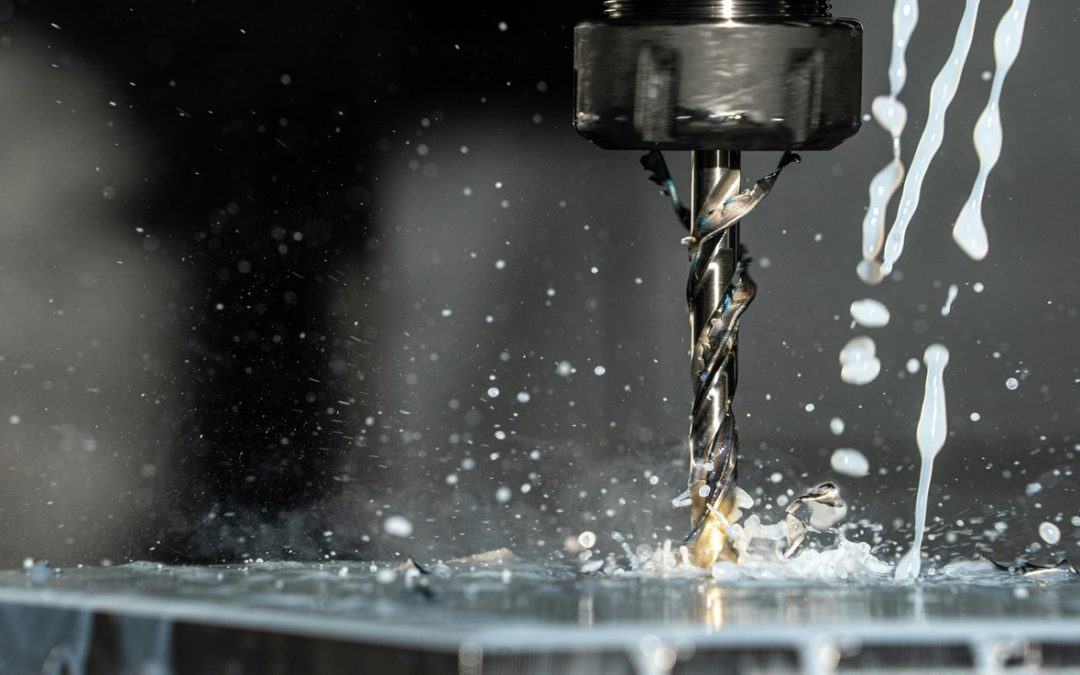Plastic injection molding is a process characterized by high accuracy and the ability to produce large quantities in a short amount of time. Molded parts are widely used across industries, from medical to aerospace equipment. However, with hundreds of different polymers available, selecting the one that’s adequate for your specific requirements can be intricate and time consuming. With reliable Wunder Mold support and helpful tips they provide in today’s article, you can streamline your search and choose the material that best fits the needs of your project.
How do I choose material for injection molding?
Understanding key material properties is essential for a successful project. Below are the main characteristics to consider:
Hardness
Hardness of a material is its ability to resist indentation and pressure. It can be measured with the help of an indenting device called shore durometer. Shore hardness is categorized into type A and type D, with A referring to softer and D to harder plastics. Each category features a scale that ranges from 0 to 100, further specifying material’s hardness.
Stiffness / flexibility
Another crucial feature is material flexibility. A common misconception is that hard materials are stiff while the soft ones are flexible. However, when it comes to materials applied in mass production, flexibility and softness are two different categories. Flexibility refers to a material’s ability to bend under stress without breaking.
Weight
Polymer’s density affects the weight of the final product. This can be an essential feature, depending on the product’s application. For instance, if it’s used in lightweight consumer products, it can be a determining factor.
Cost
Cost is an important factor in deciding which material to select for your project and it also requires considering the application of the final product. In some instances, a cheaper option may lead to costly failures along the way, while opting for a more expensive option upfront can be a cost-effective solution in the long run.
What material should I use for injection molding?
When it comes to the different types of resins, there are some popular and commonly used types. Let’s have a look at them:
Acrylonitrile butadiene styrene (ABS)
ABS features high toughness and impact-resistance. It has a wide application across industries and is ideal for products such as cosmetic parts, computers, phones, and remote controls. It also boasts low shrinkage, which is suitable for everyday products.
Polycarbonate (PC)
Polycarbonate is a strong and impact-resistant polymer that features good heat resistance and a low shrink rate. It’s a popular option for automotive components, outdoor and indoor lighting, medical devices, protective gear, and plastic eyewear.
Polyamide (PA)
Polyamide or nylon includes a lot of different types. Their characteristics include excellent high-temperature resistance and high strength. They are resistant to different chemicals and have a low friction coefficient, meaning that they are an excellent choice for gears, screws, and other parts in mechanical assemblies.
Polyoxymethylene (POM)
POM features high strength, hardness, and toughness. It also boasts lubricity, which makes it resistant to organic solvents and hydrocarbons. Its good elasticity makes it a preferred choice for electrical components, switches, knobs, buttons, gears, and bearings. It’s also characterized by good electrical insulation and abrasion resistance.
Polymethyl methacrylate (PMMA)
With excellent optical properties, scratch-resistant finish, and high gloss, PMMA is favored for optical fibers, lenses, reflectors, and car light housings. It features low shrinkage, but it’s also brittle, making it more susceptible to cracking under stress. Its final form is transparent.
Polypropylene (PP)
PP is an inexpensive solution that boasts high resistance to impact. However, cold temperatures can make it brittle. It is resistant to acids, flexible, water-resistant, and able to withstand frequent bending without breaking. Its light weight makes it a cost-efficient option. It is applied in consumer products such as lids for sauce or shampoo bottles, dishwasher safe plates, cling film, yogurt pots, sandwich bags, and tupperware containers.
The material selection for your injection molding project is a critical decision that requires a balanced consideration of material properties, application requirements, environmental impact, and cost. By thoroughly understanding these factors and seeking expert guidance, you can make an informed choice that ensures the success and sustainability of your product. As the injection molding industry continues to evolve, staying informed about the latest materials and technologies will enable you to adapt and thrive in this dynamic manufacturing landscape.
Photo by Daniel Smyth: https://www.pexels.com/photo/close-up-phot-of-a-cnc-milling-machine-with-metalworking-fluid-8956313/

Recent Comments